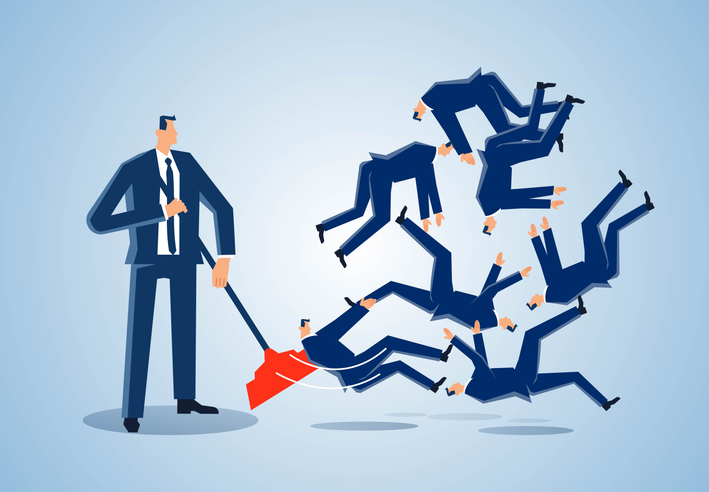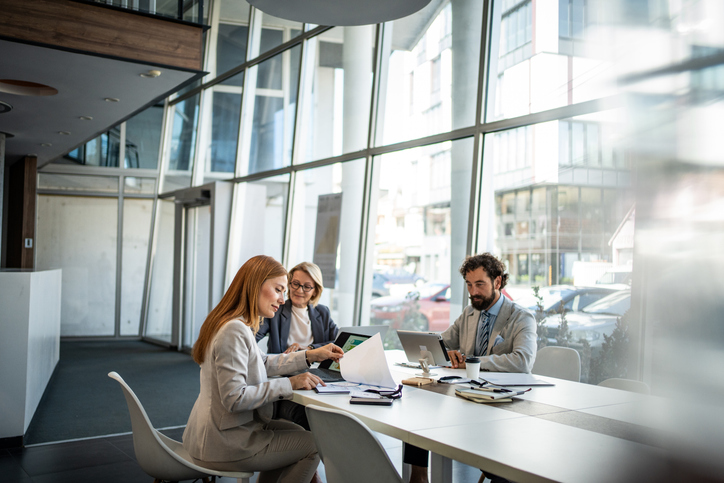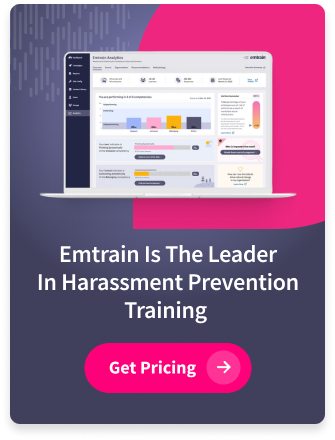Globally, we are at a stage where it’s almost inaccurate to continue calling our existing circumstances the new normal. A “new normal” suggests an unparticular situation that we, as a society or individual, have not experienced. It often entails a new routine, a different way of living and behaving, or a plan set in stone; it’s permanent and unchangeable until we see or experience another situation to call it the new normal again. Instead, let’s call it adaptability in the workplace during covid.
The COVID-19 pandemic has created some challenges for companies and their employees indefinitely. Workplaces will not be going back to what they were before COVID-19, nor will it live in a new normal. Instead, we will live in waves of flexibility and adaptability in the workplace that will best fit today and in the future.

Workplace Adaptability and Flexibility – What Does It Mean?
Employers know what it means to have a flexible and adaptable workplace as the dynamics of change. We’ve adapted to the increase of diverse teams and the influx of Millennials emerging and altering the workforce and how we approach and solve problems. We’ve adapted to the way we speak and engage with each other, identifying biases in the workplace and overcoming them. More companies are using gender-neutral language in day to day to communication to create a more inclusive culture. These are just a few examples of how we’ve adapted to changing social norms and will continue to do so.
Similarly, workplaces will continue adapting to the new normal at work as this pandemic continues. Globally, we are learning more about the virus, its implications on our day-to-day activities, and where it will take us as a society, from both an economic and workplace perspective. One of the most significant and quickest changes we’ve seen is that companies are remote or hybrid; employees are working from home while managing their home life or splitting their time in the office and at home. With that, there is another set of perceived and unseen implications presented to both employees and companies, which you can read more about here in How to Be Socially Aware During a Public Health Crisis.
So, how exactly will we see workplace adaptability during covid in action?
Embrace Agile Working (flexible and remote working)
Some employers are already embracing agile working: “a way of working in which an organization empowers its people to work where, when and how they choose – with maximum flexibility and minimum constraints – to optimize their performance and to do their best work.”
You’ve seen in video conferencing calls when your co-worker’s kids show up abruptly during a meeting, asking their parents for a snack or saying hello to the team. Or that grocery shopping has now become a 3-hour mission even when you try to go at the “best time.” Consider employees who are also caregivers to an elderly relative and must tend to them throughout the day. These are just some of the circumstances that HR and managers need to think about and how a flexible, yet adaptable schedule can work for them.
Additionally, we don’t know when all the office spaces will reopen. Even if they do, we must follow CDC and state rules on social distancing guidelines to reopen and remain safe properly. Outbreaks are expected to happen again in a few months, which will lead to offices closing yet again. Companies might even continue to allow employees to work remotely. Twitter CEO Jack Dorsey announced that employees could work from home forever, a prime example of adapting to workplace flexibility. Without any consequences, it’s up to their employee to continue to work remotely. Check out Emtrain’s remote workplace policy template.
Think Like a Marketer
Given the uncertainty, creating a plan or strategy for the rest of the year is challenging. Take marketing, for example. The way marketers talk about and market products, how they communicate to prospects and clients, and engage in marketing activities (conferences and trade shows), has changed for good. Marketing strategies that were set in place are adapted to what the industry is experiencing now and what the buyer personas are searching for. Marketers strive to provide a consistent customer experience with the ultimate goal of engaging and delighting the audience to want more.
As HR and Culture Leaders, we need to think like marketers – adaptable to change and listen to the buyer’s needs, in this case, the employee’s needs. If you’re struggling to provide engaging, consistent employee experiences, recognize their current wants and needs and align it to your strategy. An HR and Culture strategy should have room for improvement based on what you see and learn from your workforce. Continue business as you already have, but alter your strategies to adapt to today’s needs.
Prioritizing Mental Health
Our working conditions today can be more exhausting, both mentally and emotionally. Zoom exhaustion is a real thing. Burnout is a real thing. Work from home fatigue is also a real thing. All of this combined can create a negative impact on one’s mental health, resulting in reduced productivity. Mental health will be prioritized and talked about in the workplace, not just during Mental Health Awareness Month. By practicing agile working, you’re giving employees the flexibility to work the way they want to positively impact their mental health.
Examples of Adaptability in the Workplace
- Learning skills and learning from each other
- Being able to handle varying workloads
- Not taking stress out on colleagues
- Being able to communicate in an effective manner
- Being able to problem solve
Workplace adaptability is nothing new; we’ve always embraced it in different ways. We are all adapting to the new normal at work and creating flexible conditions to make work-life a bit easier. There’s no doubt that times are tough and uncertain, and it’s hard to predict what comes next. As we pay attention to what’s going on, we can collectively work to adapt to these changes and continue to build healthier workplaces, wherever we may be.
This blog post was originally published in May 2020, but the content suggests its relevancy today. Subscribe to our blog to learn more about how to navigate societal changes in the workplace or contact us to learn how Emtrain’s courses and microlessons can support you.








